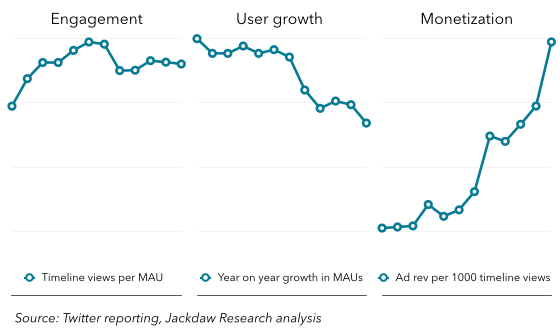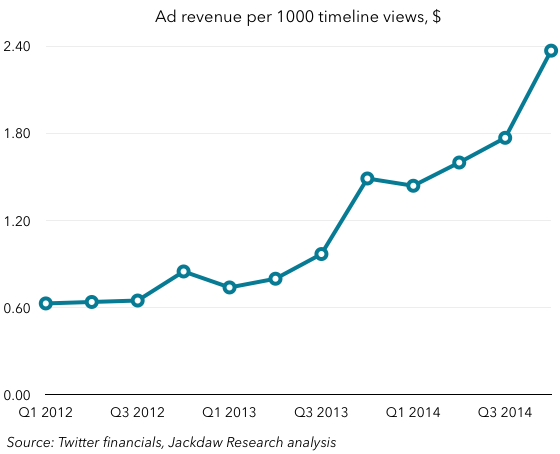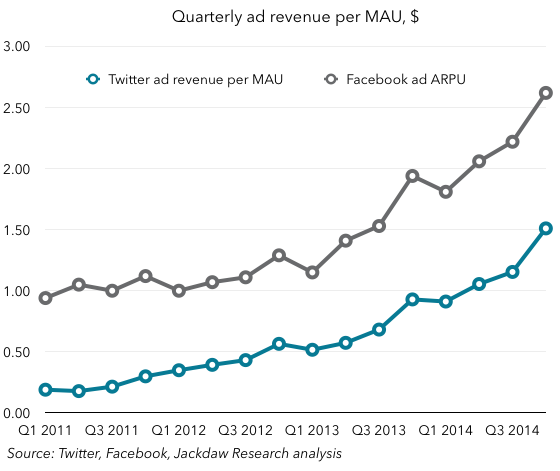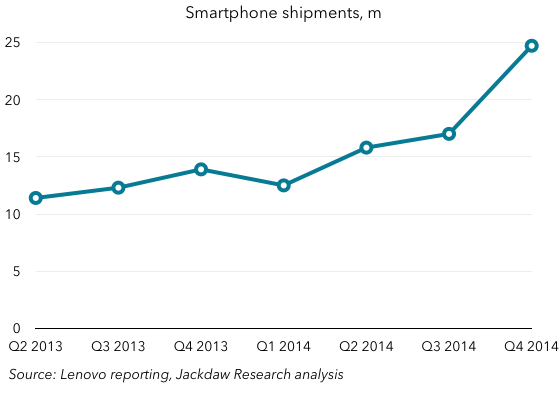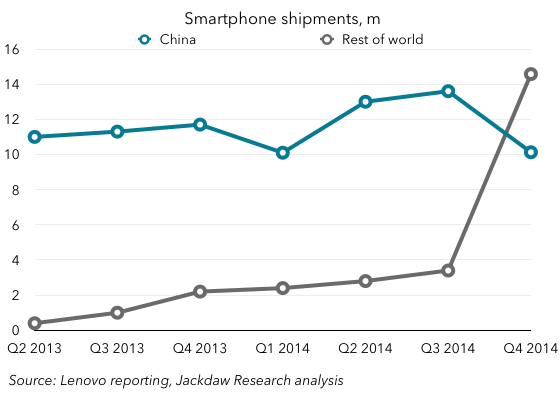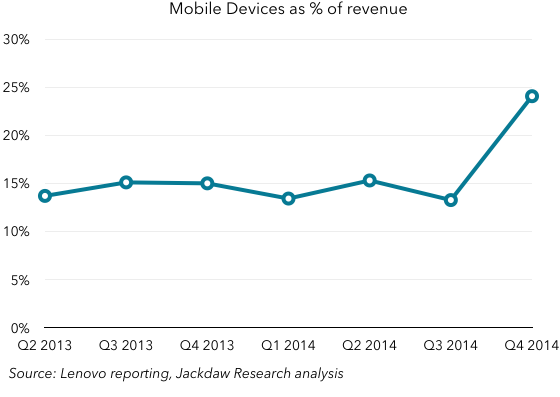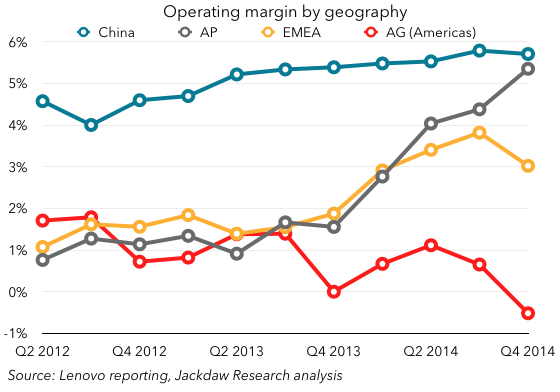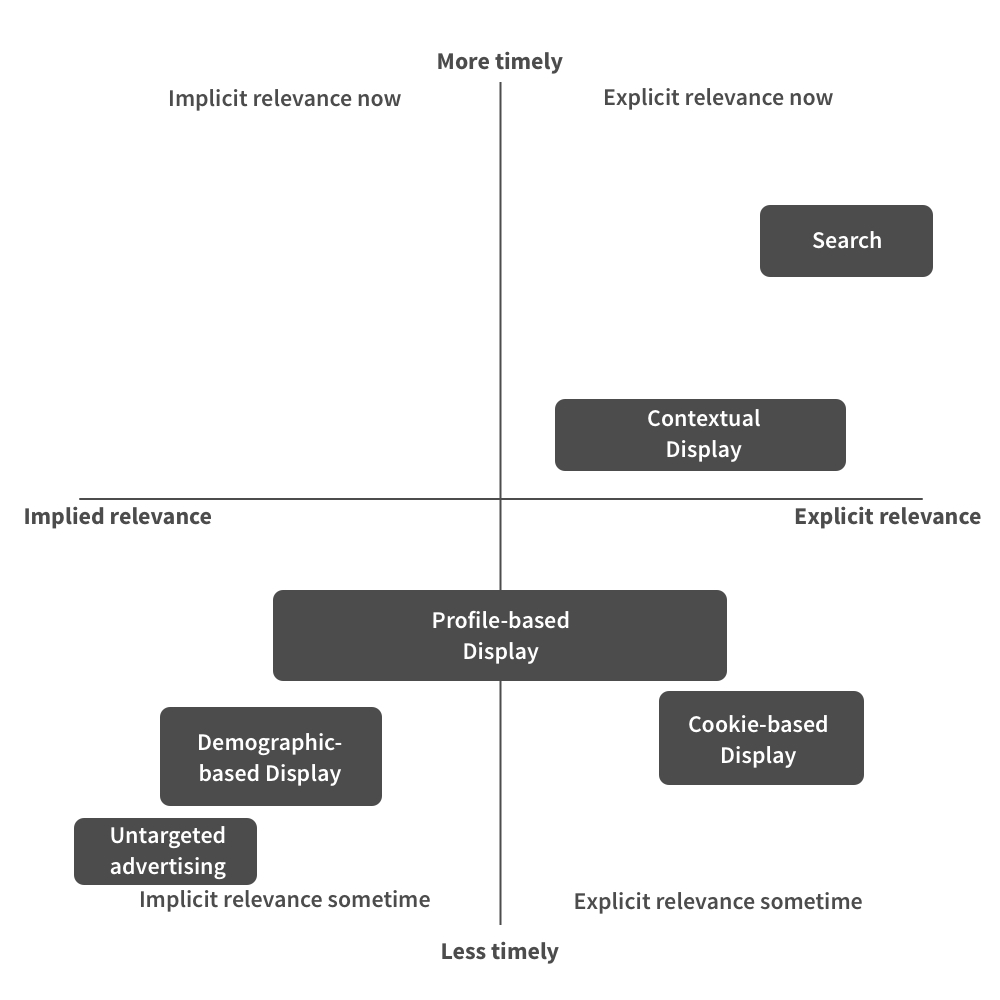Eric Blattberg at Digiday has been doing some great work reporting on both some of the newer video initiatives at Facebook and Vessel as well as developments at the current industry powerhouse, YouTube. Eric’s latest piece today is about YouTube’s new effort to clamp down on sponsorships and advertising which bypasses its official ad products, and it’s this that I wanted to cover briefly today. I have two things I want to talk about: firstly, the potential of the newer video platforms; secondly, what Google’s YouTube moves suggest about the company as a whole.
Potential for newer platforms
I’ve been broadly skeptical of some of the newer video initiatives out there – YouTube’s lead has seemed so enormous, its position as the de facto standard for online video so entrenched, that it was hard to see how others could make a dent. Several things are starting to change my mind about this.
Firstly, Facebook’s embrace of video, and especially auto-playing video, has leveraged its massive audience into a very strong position as a video player. I’ve written elsewhere recently about the fact that every major sharing platform slowly migrates from text-based to photo-based to video sharing, but none has pursued this transformation quite as effectively as Facebook. From last month’s earnings call:
Five years ago, most of the content shared on Facebook was text and some photos. Today, it’s primarily photos with some text and video. Over the next five years, we want to keep developing new products and features to help people share the way they want.
Two things have allowed Facebook to make this leap to prominence as a video provider: the massive base of users, an the fact that Facebook is a destination, somewhere users go to spend time, rather than get something specific done. In the process, Facebook has become a massive destination for video, but almost all the video is actually hosted on other platforms. That obviously has cost advantages for Facebook, but it means that it doesn’t own the content, and therefore can’t monetize it effectively. It also means that engagement around videos on Facebook is fragmented, with popular YouTube videos attracting millions of comments scattered across hundreds of thousands of different user shares of the same video. This is starting to change, with ABC News, The Young Turks and others launching videos directly to Facebook rather than exlusively through YouTube. I think Facebook is finally in a position to be the first really large-scale platform to seriously challenge YouTube for dominance in video. The biggest challenge will be how to incorporate advertising into videos when they auto-play – pre-roll clearly isn’t the answer, but what is?
The other thing is that YouTube, with moves such as those Digiday covered today, is actually making it tougher for content creators to monetize on YouTube in the way they see fit. Videos on YouTube generate tiny amounts of money per view for content creators, and one of the ways they’ve overcome this challenge is through sponsorships. That’ll now be banned under YouTube’s new terms of service regarding advertising. At the same time, Vessel, AOL and others are targeting YouTube content creators with an emphasis on better monetization of their viewership. I’ve been skeptical of these efforts, but YouTube is playing right into their hands with some of these moves, which makes me more open to the idea that it might actually start to suffer as a result of competitive inroads from Facebook but also these smaller platforms.
What all this says about Google
Which brings us on to what this all says about Google. YouTube’s management must understand the risks associated with these moves, so why are they doing this? The only thing I can think of is that YouTube’s revenue growth has become so critical to Google’s overall performance that they have to keep squeezing harder and harder to get more money out, despite the longer-term strategic costs. Because Google doesn’t break out performance by business, we have essentially zero visibility into YouTube’s performance, but it’s been one of the strongest growth drivers for the company for years, and as the other parts of the business face increasing headwinds, it’s all the more important that YouTube continue to deliver strong growth.
On the positive side, YouTube’s management under Susan Wojicki is clearly thinking about how best to monetize much of the usage on the site that currently goes unmonetized or under-monetized. That includes YouTube Music Key and the work YouTube is apparently doing on building subscription models for content creators. The challenge is that almost all the moves YouTube is making are either content-creator-friendly at the cost of being user friendly (charging for content users have been receiving for free) or hostile to content creators. There’s very little that YouTube is doing which seems likely to please both users and content creators. I’m curious to see what else we see from YouTube in the coming months, but my worry is that Wojicki has been sent in to crank the handle on revenue in the short term and that this will have long-term strategic costs as other video platforms snatch away both viewership and content creators.
